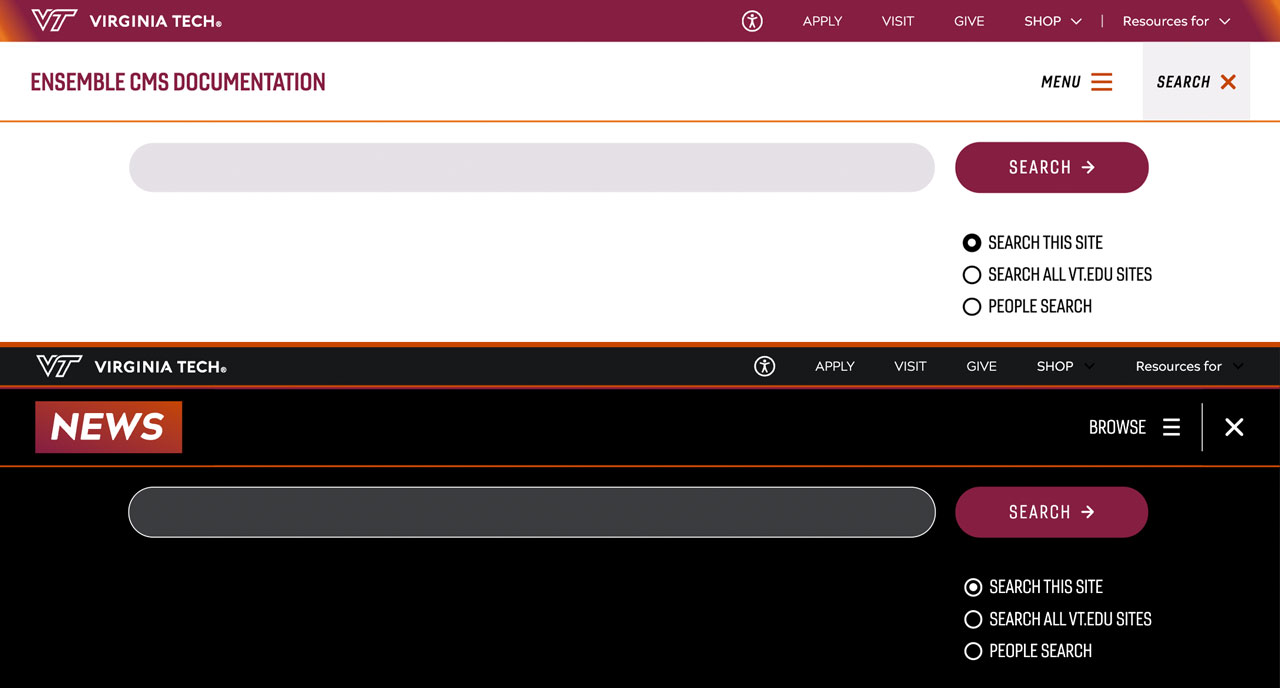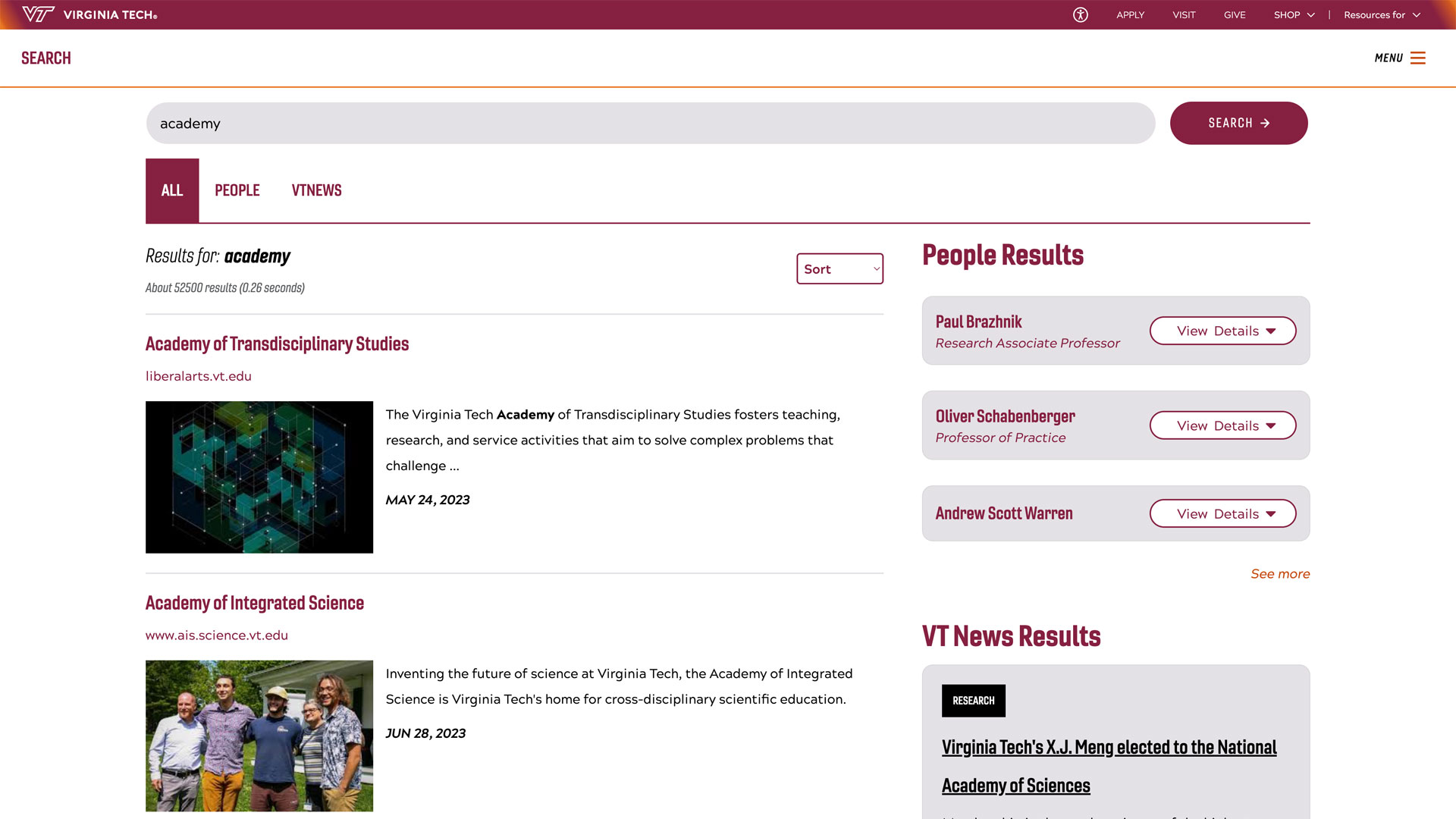Virginia Tech strengthens future of the construction industry
To mark Construction Safety Week, Virginia Tech spotlights its innovative construction safety leadership major and its mission to build a safer, healthier workforce.

Safety isn’t just about wearing a hard hat and safety glasses — it’s about creating a culture that values both physical protection and mental resilience. Virginia Tech is leading the way in reshaping how future construction professionals think about safety.
To mark Construction Safety Week, the Myers-Lawson School of Construction is highlighting its new construction safety leadership major — one of the first of its kind in the nation. Launched in 2024, the program is preparing students to become leaders in an industry where safety is paramount and the stakes are high.
The program responds to a critical need. Construction consistently ranks among the most dangerous industries in the U.S., and five of the top ten most frequently violated Occupational Safety and Health Administration standards relate directly to it. But what’s less visible are the mental health struggles behind the scenes. A Centers for Disease Control and Prevention report found that construction workers have one of the highest suicide rates of any occupation.
“Construction safety, health, and well-being are like a three-legged stool,” said Brian Kleiner, director of the Myers-Lawson School of Construction. “If one leg is weak, the whole structure is compromised. That’s how we approach safety education at Virginia Tech.”
The major includes five specialized courses, ranging in topics from hazard control to safety culture and even industry futures — with a unique emphasis on mental well-being. Attention to hazard recognition and control is especially relevant as the industry becomes more automated. For example, students also train using immersive virtual reality, stepping into high-risk scenarios in a safe, controlled digital environment before ever setting foot on a jobsite.
In prevention through design, the ultimate goal should be to eliminate a hazard completely. If that can't be done, typically engineering controls are designed which separate the workers from the hazard. The next line of defense is to design administrative controls such as warning signage. Lastly, personal protective equipment, such as helmets, gloves, hearing protection, and fall arrest systems are used.
“Prevention through design” is the key,” Kleiner said.
Also, safety, health, and well-being are not mutually exclusive. According to the Occupational Safety and Health Administration, the construction industry has one of the highest rates of suicide among professions with 6,000 workers dying by suicide in 2022 compared to 1,000 who died from a construction-related work injury.
“We have to talk about mental health,” said Nazila Roofigari-Esfahan, associate professor and associate director of the Center for Innovation in Construction Safety, Health, and Well-Being. “If workers are stressed, exhausted, or unsupported, it directly affects safety on site. Our students are learning to see the full picture.”
Related content
Safety concerns for construction workers go beyond physical injuries, says expert
New major aims to make the construction industry safer, one student at a time




